Haiti’s Many Troubles Keep Bodies Uncounted
Simon Romero and Neil MacFarquhar, New York Times (January 21, 2010)Haiti quake toll ‘may be 200,000’
BBC News (January 18, 2010)
I have a hunch that for years to come, the final death toll in Haiti will remain unknown. As the tagline for the above New York Times article states: The simple truth is that no accurate death toll exists. This isn’t some keen observation on my part, rather mass fatality situations are always difficult to tabulate. And the situation in Haiti is offering up its own unique problems, such as the sheer volume of corpses, and the rapid burial of those dead bodies without any record keeping system.
During this week alone, the numbers of dead have fluctuated by several tens of thousands at a time. The BBC News article at the top quotes a US General who says the death toll may reach 200,000. That was on Monday of this week. By Thursday, the New York Times had an article which pointed out logically (if not tragically) that tabulating the death toll will be extremely difficult.
Regardless of the final, agreed upon death toll, another problem with these fluctuating body counts involves the question of human perception. In a nutshell, how can people understand a number such as 100,000 or 200,000? What do that many dead bodies look like?
I’ve thought about this question over the years, since it seems that part of the problem with any really large death toll is that it becomes so big that it can’t be envisioned.
The one way that I have figured out how to describe these numbers is by using a concept which I call the Stadium Equation. In order to understand how many bodies 100,000 or 200,000 represents, imagine yourself standing in the middle of a packed stadium. Then imagine everyone sitting around you as a dead body x the total (or projected) number of dead bodies.
This Wikipedia page lists American athletic stadiums and each stadium’s seating capacity.
In the UK, Wembley stadium (above) seats 90,000.




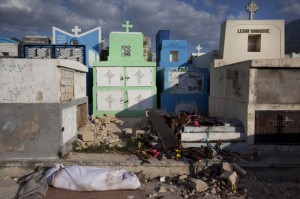
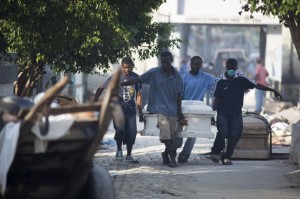
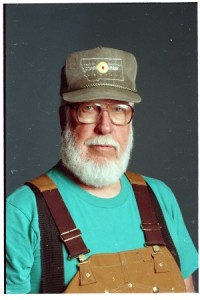

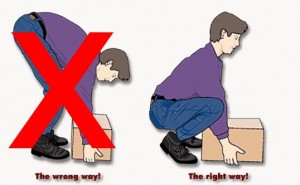
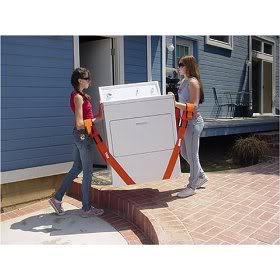
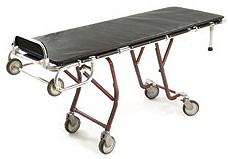
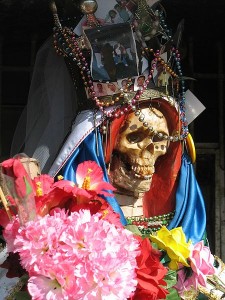
 So yeah. There are a number of more important articles that I SHOULD be posting to Death Ref right now, but I couldn’t resist this one. Especially since Swedish officials are saying that Elk can become aggressive after eating fermented apples.
So yeah. There are a number of more important articles that I SHOULD be posting to Death Ref right now, but I couldn’t resist this one. Especially since Swedish officials are saying that Elk can become aggressive after eating fermented apples. 
